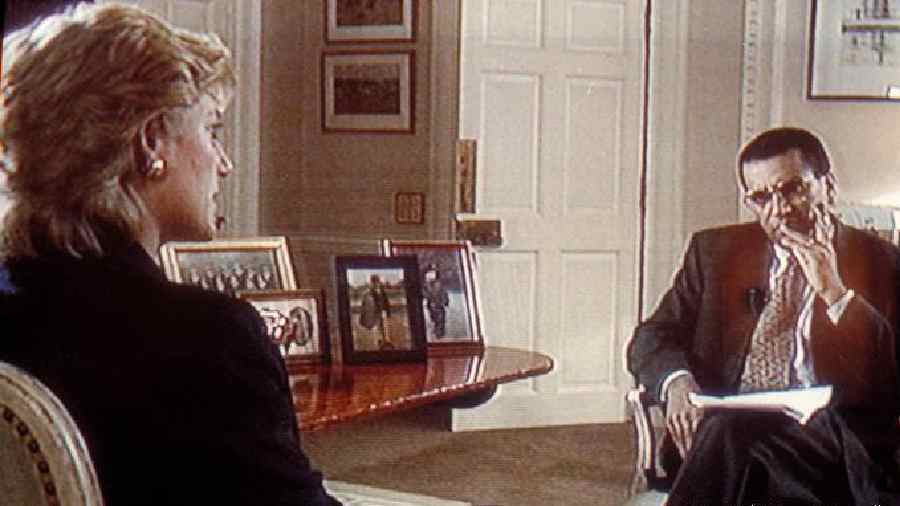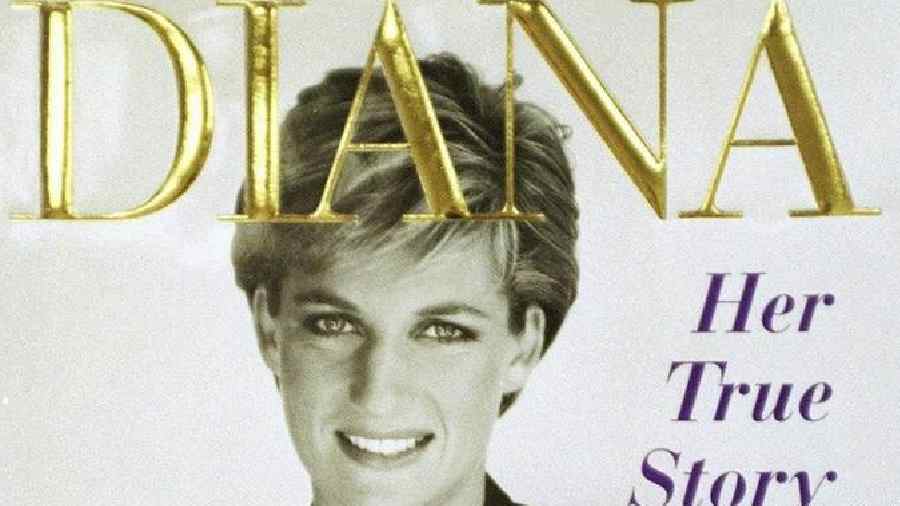"It is a point to remember that of all the ironies about Diana, perhaps the greatest was this: A girl given the name of the ancient goddess of hunting was, in the end, the most hunted person of the modern age."
It is hard to forget these hard-hitting lines that were part of the stirring — sometimes vitriolic — tribute delivered by Charles, 9th Earl Spencer, at his older sister's funeral 25 years ago.
Diana, Princess of Wales died at the age of 36 in a car crash on August 31, 1997, in Paris together with her then partner, Dodi Al-Fayed, and the vehicle's driver, Henri Paul. Only her severely injured bodyguard, Trevor Reese-Jones, survived the crash.
While her death itself sent shockwaves worldwide, it was the circumstances surrounding it that prompted an outpouring of grief — and fury.
Once deemed "the world's most photographed woman," Lady Di was hounded by paparazzi as her driver sped through a tunnel at the moment of the crash. Tabloid media were blamed for her death, and faced the wrath of not just her brother but her two sons, Princes William and Harry, and the public at large.

Diana's two sons, Princes William and Harry, unveil her statue to mark her 60th birthday last year Deutsche Welle
However, in 1999, French investigators held driver Paul solely responsible for the crash, as he was found to have been driving under the influence of both alcohol and prescription drugs.
In 2008, the jury at a British inquest returned a verdict of unlawful killing through grossly negligent driving by Paul and the following paparazzi vehicles.
Using or used by the media?
Opinion has been divided about the princess' own complicity in attracting media attention — be it through her fashion choices; the best-selling tell-all book authored by Andrew Morton in 1992; or her 1995 interview with journalist Martin Bashir that recently saw the BBC being criticized for "falling short of high standards of integrity and transparency."

The BBC returned the BAFTA it won in 1996 for the Panorama interview that was secured through 'deceit' Deutsche Welle
It was during this interview with Bashir for BBC's Panoramathat Diana famously said: "There were three of us in this marriage, so it was a bit crowded" — referring to the extramarital affair of the heir to the throne, Prince Charles, and his now wife, Camilla Parker Bowles.
Besides that, she spoke of her own affairs, her bulimia and her attempts to take her own life due to the stress of rigid palace life and protocols.
Yet, she remained overwhelmingly beloved among the public, probably because she led, to some extent, a life that diverse people could relate to: dutiful yet wronged wife, loving and devoted mother, glamorous fashionista, down-to-earth royal, pop music fan and avid dancer, and compassionate champion of the homeless and the sick.

Diana also used her celebrity to draw attention to the dangers of landmines Deutsche Welle
Her bold decision to buck royal protocol by going gloveless and shaking the hand of an unidentified AIDS patient in 1987 is described by Insider.com as "one of her finest humanitarian moments." She would go on to utilize her celebrity to champion diverse causes — from her advocacy against landmines to promoting the arts.
Thus, she cemented her status as a pop culture icon. And every minutiae of her life have since provided fodder for numerous retellings of Diana's life in the form of documentaries, interviews, films, an award-winning Netflix series, and even a widely-panned musical.
Queen of hearts
After she was pronounced dead on August 31, 1997, a visibly shaken Tony Blair, who was then British Prime Minister, spoke to the media in which he introduced the term the "people's princess."

Part of the cover of her tell-all book that gave readers a glimpse into palace life Deutsche Welle
"You know how difficult things were for her from time to time, I'm sure we could only guess at, but the people everywhere — not just here in Britain, everywhere — they kept faith with Princess Diana," Blair said. "They liked her, they loved her, they regarded her as one of the people. She was the 'people's princess.' And that's how she will stay, how she will remain, in our hearts and in our memories, forever."
Born Diana Frances Spencer, she gained several titles after marrying Prince Charles, but once they divorced, she lost her HRH title which she was reportedly upset about. It also meant that she would never become the queen of England.
However, she stated how she'd like to be recognized in her now infamous Panorama interview: "I'd like to be a queen of people's hearts, in people's hearts."
That perhaps explains the almost 2.5 billion people who had tuned in to watch her funeral 25 years ago, and why she remains a beguiling subject of pop culture to this day.










